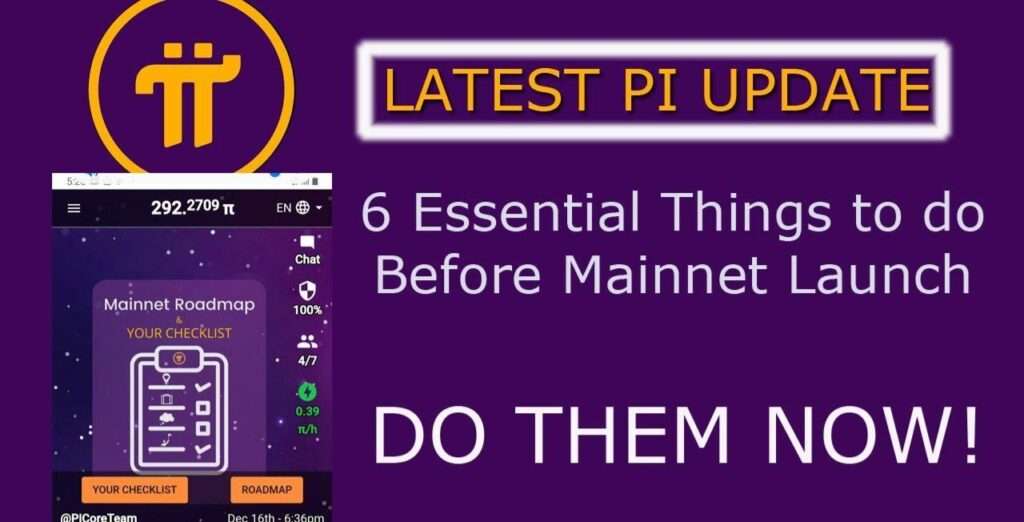
Blockchain and artificial intelligence (AI) are two of the most disruptive technologies of the 21st century.
They have the potential to transform various industries, such as finance, healthcare, education, supply chain, and more.
But what happens when these two technologies are integrated? How can they work together to create more value, efficiency, and innovation?
In this article, we will explore the benefits, challenges, and opportunities of blockchain and AI integration, and how it works in practice so keep reading.
Understanding Blockchain and AI Integration?
Blockchain and AI integration is the combination of blockchain technology and artificial intelligence to create new applications, systems, and solutions.
Blockchain is a distributed ledger that records transactions and data in a secure, transparent, and immutable way.
Artificial Intelligence (AI) is the branch of computer science that deals with creating machines and software that can perform tasks that normally require human intelligence, such as learning, reasoning, and decision making.
Blockchain and AI integration can be achieved in different ways, depending on the use case and the desired outcome.
Some of the possible ways to integrate Blockchain and Artificial Intelligence are:
- Using blockchain to store and share AI data and models, such as training data, algorithms, parameters, and outputs. This can enhance the security, privacy, and trustworthiness of AI, as well as enable data sharing and collaboration among different parties.
- Using AI to improve the performance and functionality of blockchain, such as optimizing consensus algorithms, enhancing scalability, and reducing energy consumption. This can make blockchain more efficient, adaptable, and sustainable.
- Using blockchain and AI to create new products and services that leverage the strengths of both technologies, such as smart contracts, decentralized applications, and autonomous agents. This can enable new business models, value creation, and social impact.
Benefits of Blockchain and AI Integration?
Blockchain and AI integration can offer many benefits for various stakeholders, such as businesses, consumers, governments, and society at large.
Some of the main benefits are:
1. Increased security and privacy
Blockchain and AI integration can provide a high level of security and privacy for data and transactions, as well as prevent fraud, tampering, and cyberattacks.
For example, blockchain can encrypt and store sensitive data, such as personal information, medical records, and financial data, and allow only authorized parties to access and use it.
AI can monitor and detect any anomalies or malicious activities on the blockchain network, and alert or block them accordingly.
2. Enhanced transparency and accountability
Blockchain and AI integration can increase the transparency and accountability of data and processes, as well as reduce corruption, bias, and human error.
For example, blockchain can record and verify the provenance, ownership, and history of data and assets, and make them visible and auditable to all stakeholders.
AI can analyze and explain the logic and outcomes of data and algorithms, and ensure that they are fair, ethical, and compliant.
3. Improved efficiency and innovation
Blockchain and AI integration can improve the efficiency and innovation of various operations and systems, as well as reduce costs, waste, and intermediaries.
For example, blockchain can automate and streamline transactions and workflows, and enable peer-to-peer exchange and collaboration.
AI can optimize and enhance the performance and functionality of blockchain, and enable new capabilities and features.
Challenges of Blockchain and AI Integration?
Blockchain and AI integration is not without challenges, however. There are still many technical, legal, and social barriers that need to be overcome before it can reach its full potential.
Some of the main challenges are:
- Scalability and interoperability: Blockchain and AI integration requires a large amount of data and computation, which can pose scalability and interoperability issues.
For example, blockchain networks can face bottlenecks, delays, and high fees due to the limited throughput and bandwidth. AI models can face compatibility and integration issues due to the diversity and complexity of data and algorithms.
Therefore, there is a need for more scalable and interoperable solutions, such as sharding, layer 2, and federated learning.
- Governance and regulation Blockchain and AI integration involves multiple stakeholders, interests, and jurisdictions, which can create governance and regulation challenges.
For example, blockchain networks can face governance dilemmas, such as who has the authority and responsibility to make decisions, enforce rules, and resolve disputes.
AI models can face regulation uncertainties, such as who owns, controls, and is liable for the data and algorithms, and how to ensure their quality, safety, and ethics.
Therefore, there is a need for more effective and inclusive governance and regulation frameworks, such as DAOs, self-sovereign identity, and smart contracts.
- Education and awareness: Blockchain and AI integration requires a high level of education and awareness, both for the developers and the users of the technologies.
For example, blockchain and AI developers need to have the skills and knowledge to design, build, and deploy the technologies, as well as to address the technical and ethical challenges.
Blockchain and AI users need to have the literacy and trust to understand, use, and benefit from the technologies, as well as to protect their rights and interests.
Therefore, there is a need for more education and awareness programs, such as courses, workshops, and campaigns.

Opportunities of Blockchain and AI Integration?
Blockchain and AI integration can create many opportunities for various industries, sectors, and domains, such as finance, healthcare, education, supply chain, and more.
Some of the examples are:
1. Finance
Blockchain and AI integration can enable new forms of financial services and products, such as decentralized lending, insurance, and asset management.
For example, blockchain can provide a secure and transparent platform for peer-to-peer lending and borrowing, without the need for intermediaries or intermediaries.
AI can provide a smart and personalized service for risk assessment, credit scoring, and portfolio management, without the need for human intervention or bias.
2. Healthcare
Blockchain and AI integration can enable new forms of healthcare delivery and research, such as telemedicine, precision medicine, and drug discovery.
For example, blockchain can provide a secure and transparent platform for sharing and accessing medical data and records, without compromising the privacy and consent of the patients.
AI can provide a smart and personalized service for diagnosis, treatment, and prevention, without the need for human error or inefficiency.
3. Education
Blockchain and AI integration can enable new forms of education and learning, such as online learning, lifelong learning, and skill verification.
For example, blockchain can provide a secure and transparent platform for storing and verifying educational credentials and achievements, without the need for fraud or forgery.
AI can provide a smart and personalized service for teaching, tutoring, and assessment, without the need for human limitation or inconsistency.
4. Supply chain
Blockchain and AI integration can enable new forms of supply chain management and optimization, such as traceability, quality control, and demand forecasting.
For example, blockchain can provide a secure and transparent platform for tracking and verifying the origin, movement, and condition of goods and materials, without the need for intermediaries or manipulation.
AI can provide a smart and personalized service for monitoring and improving the efficiency, reliability, and sustainability of the supply chain, without the need for human oversight or intervention.
Conclusion
Blockchain and AI integration is a powerful and promising combination that can revolutionize the world. It can offer many benefits, such as increased security, privacy, transparency, accountability, efficiency, and innovation.
It can also face many challenges, such as scalability, interoperability, governance, regulation, education, and awareness. It can also create many opportunities, such as new forms of financial services, healthcare delivery, education and learning, and supply chain management.
Therefore, it is important to explore, experiment, and embrace blockchain and AI integration, and to overcome the barriers and leverage the potentials of these two technologies.
SIMILAR POSTS
- Zero-Knowledge Proofs: Advanced Cryptography in Blockchain
- The Green Blockchain: Environmental Impact of Blockchain and Sustainable Solutions
- The Future of Blockchain Technology: Top 10 Emerging Trends and Innovations for 2024
- What Are Sidechains and Why Do They Matter for Blockchain Scalability?










Undeniably consider that which you said. Your favourite justification appeared to be at the net the simplest thing to
take into account of. I say to you, I certainly get annoyed at
the same time as other people think about worries that they plainly don’t know about.
You managed to hit the nail upon the highest and also outlined out the entire thing with no need
side-effects , people can take a signal. Will probably
be again to get more. Thank you
грузовое такси минск gruzchikiminsk.ru .
купить диплом о среднем [url=https://vm-tver.ru/]vm-tver.ru[/url] .